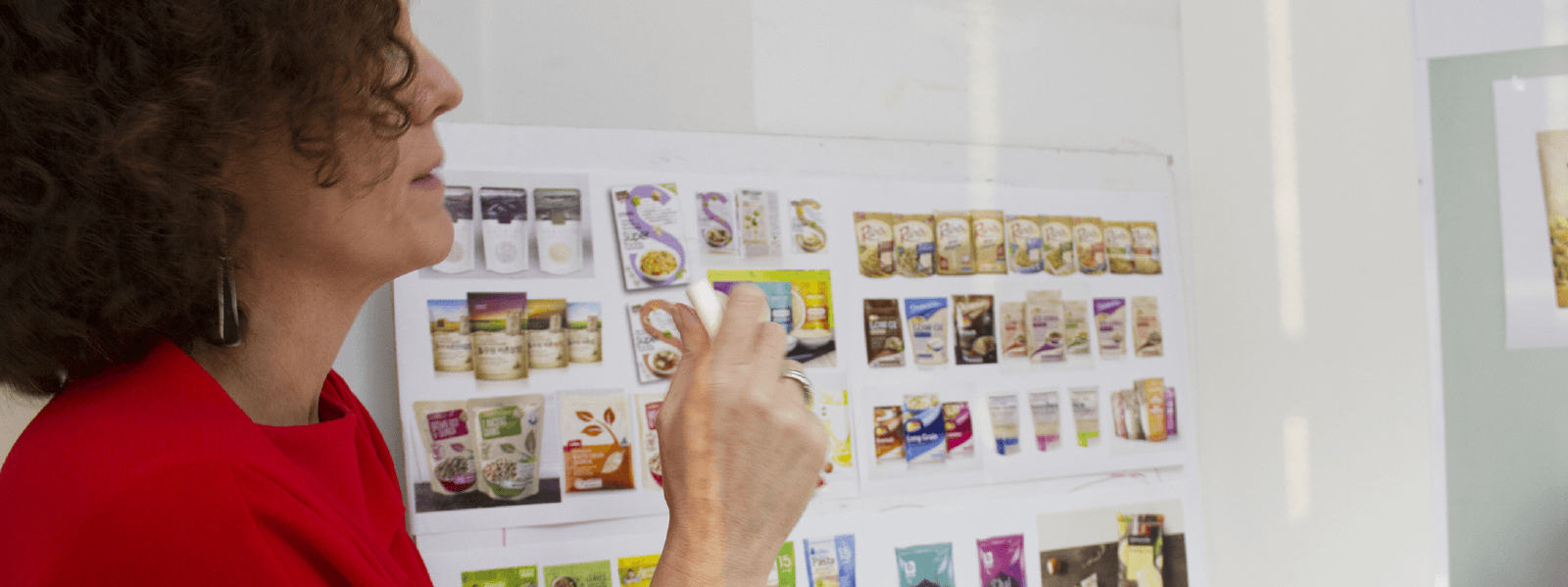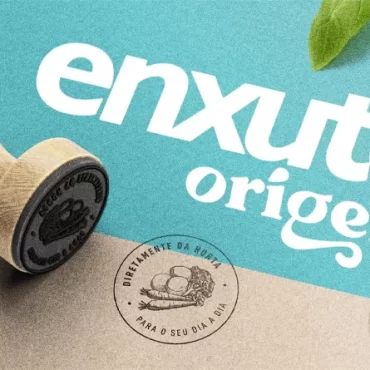Redesign: when is it time to change a package?

Get inspired
What happens when a well known site completely changes its layout, removing old functionalities and adding new ones? Well, there are many possible reactions, but there are two easily identifiable among the crowd: love and hate. While some people are more receptive to changes and approve of the new look, others immediately express their rejection and express their love for the previous layout.
This is a good example to understand something that can be noticed in our field: when we talk about package redesign, there are even greater risks and rewards. The process of altering an identity which is already established in the minds of consumers requires research and can be even harder than creating a project from scratch. However, that strategy is often absolutely necessary for a brand.
Read on and see some reasons for that to happen!
Understanding redesign
There is a reason why packages don’t change looks weekly. A strong visual identity is built incrementally and aided by an effective branding work. To earn the acknowledgment of its target audience, a brand needs to be seen the same way across campaigns, ads and grocery store shelves, until it earns its place in a person’s mind.
However, in certain situations, redesigning is crucial for a business. Considering the customer is exposed to new offers and contexts constantly, their association to a brand or segment is constantly changing as well. Imagine, for instance, a product that has had the same identity for decades and starts to lose space to others in the market. In that case, a modernization of the package design can be essential to revitalize the brand and remind people of its value proposal.
To Marta Cardoso, founding partner at Pande, a package design must be updated every two years, on average, but it must be constantly evaluated due to the dynamic scenario in which it is inserted. The changes don’t need to be drastic: simple switches of typography and color, for example, or a subtle redistribution of graphic elements are capable of making a huge difference, reconnecting the brand’s essence and the goals of the company regarding the customer.
Check: “How to pick the ideal typography for a project?”
An example of that was the redesign carried out by Catupiry, which modernized the package of its classic product while preserving a set of characteristics established in the over 100 years of the company’s existence. For the rest of the product line, such as the cream cheese and the fondue, the strategy was to associate them more clearly to the brand.
Another of the many situations in which redesigning can be quite useful happens when the brand needs to communicate some sort of innovation in the product or the package itself. If it, for example, is able to substitute the material from which the package is made for a more sustainable alternative, the choice to highlight that novelty in the label to generate more value for customers can be quite advantageous.
In the case of Fiber Mais, another example of redesign, the packages were altered to display informations more clearly, in a segment where the customers don’t feel comfortable sharing their discomfort. The labels were made more objective and people started identifying the product’s benefits more easily.
Finally, redesigning is also welcome in special occasions, when changes are temporary. Such is the case with events and dates – such as Mother’s Day, Children’s Day, Christmas and the World Cup – and specific campaigns, like the one promoted by Skol to celebrate the 21st edition of São Paulo’s 2017 LGBT Pride Parade (pictured below, on the right). The packages were decorated with the colors of the LGBT flag and part of the profits were donated to Casa 1, which houses young people who were kicked out of home for their sexual orientation or gender identity.
One of the secrets behind the success of a redesign is to know to what point the changes can happen and which symbols need to be kept. If that process is well planned it can be an amazing opportunity for companies that seek to reposition themselves in the market, getting the attention of old customers and capturing new ones.




